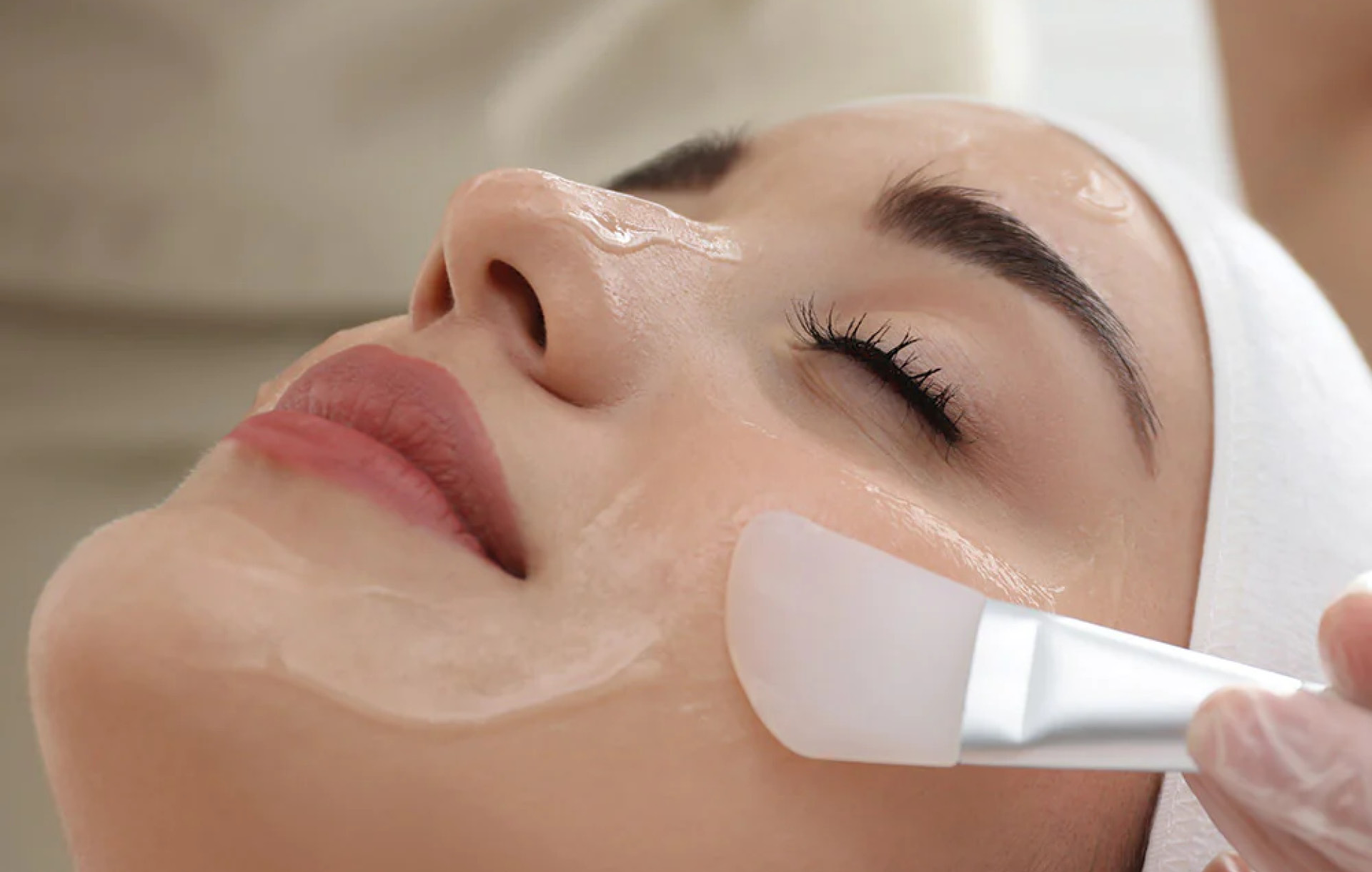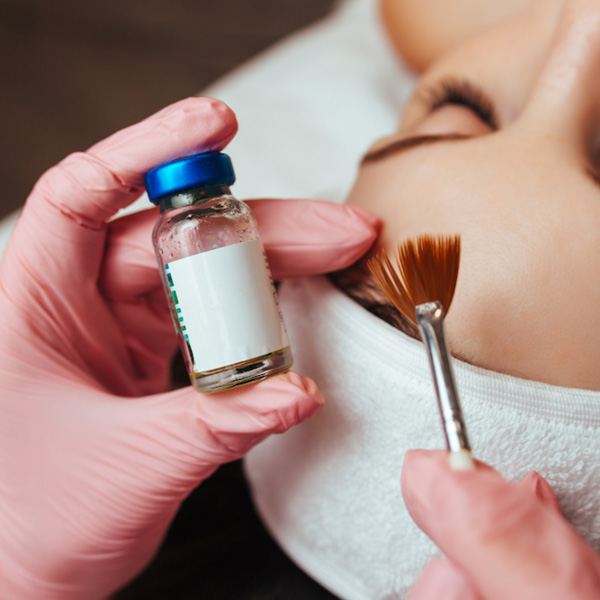
By Dr. Jennifer Linder, MD, FAAD
The aesthetics industry continues to evolve with new treatment devices and ingredients introduced regularly; however, chemical peel innovation has stalled. Traditional chemical peels utilize high percentages of caustic acids at a low pH to exfoliate and initiate the wound healing response. While effective, the inflammatory approach can lead to undesired side effects, social downtime, and premature cellular senescence. Next-generation chemical peels leverage delivery systems to effectively carry acids into the skin without irritation, discomfort, risks, or downtime.
A Vicious Cycle of Inflammation and Damage
The aging process and visible damage accompanying the major skin concerns we treat–acne, discoloration, and impaired barrier–are all linked to cellular senescence. Senescent cells are cells that no longer function properly but have not been recycled or destroyed by our immune system. Not alive but not dead either, they are often referred to as zombie cells. The connection between senescence and inflammation lies in senescence-associated secretory phenotype (SASP). SASP promotes inflammation and leads to the production of more senescent cells. To put it simply, inflammation leads to senescence, and senescence leads to SASP, which leads to more inflammation and senescence–a vicious cycle. Unfortunately, the latest science and research on aging indicates the inflammation associated with high percentages and low pH of acids in traditional chemical peels leads to more senescent cells.
Finding the Sweet Spot
Alpha hydroxy acids (AHA), such as mandelic, lactic, and glycolic acids, provide gentle exfoliation. Recent data suggests that when used in lower concentrations with a pH between 3-3.5, AHAs may reduce senescent cells and provide anti-inflammatory effects. AHA, however, can’t naturally penetrate the skin’s lipid bilayer, so the depth of penetration has long been dictated by percentage, pH, and time on tissue. Newer delivery systems have changed this way of formulating and administering peels. Transcutol is an example of an advanced delivery system that effectively carries these acids into the skin without irritation, discomfort, risks, and downtime. The addition of ingredients like tranexamic acid (TXA), glycerin, and hexylresorcinol effectively targets specific concerns such as discoloration, acne, and impaired barrier.

Combining clinically proven acids and targeted ingredients with advanced delivery systems allows for optimal outcomes without the traditional hassles. While inflammation once was our only option for creating true change in the skin, science now offers ways to work with the skin rather than against it. Non-inflammatory, no-downtime chemical peels provide a safe alternative to treat more clients more often for unparalleled results and profitability for you and your practice.
Breaking the Cycle
Removing the inflammatory component of chemical peeling allows clinicians to safely treat more clients more frequently than before. It is also possible to combine these peels with other modalities in new ways, including physical exfoliation, light therapy, microcurrent, nano-needling, and facials–use of steam, massage, and extractions–and more. The long list of things clients can’t do post-peel is also eliminated. For example, working out immediately post-treatment is not a problem. By using next-generation science, these peels offer a solution for all skin types, concerns, Fitzpatricks, and lifestyles, ensuring faster results, improved experiences, and increased client retention.












